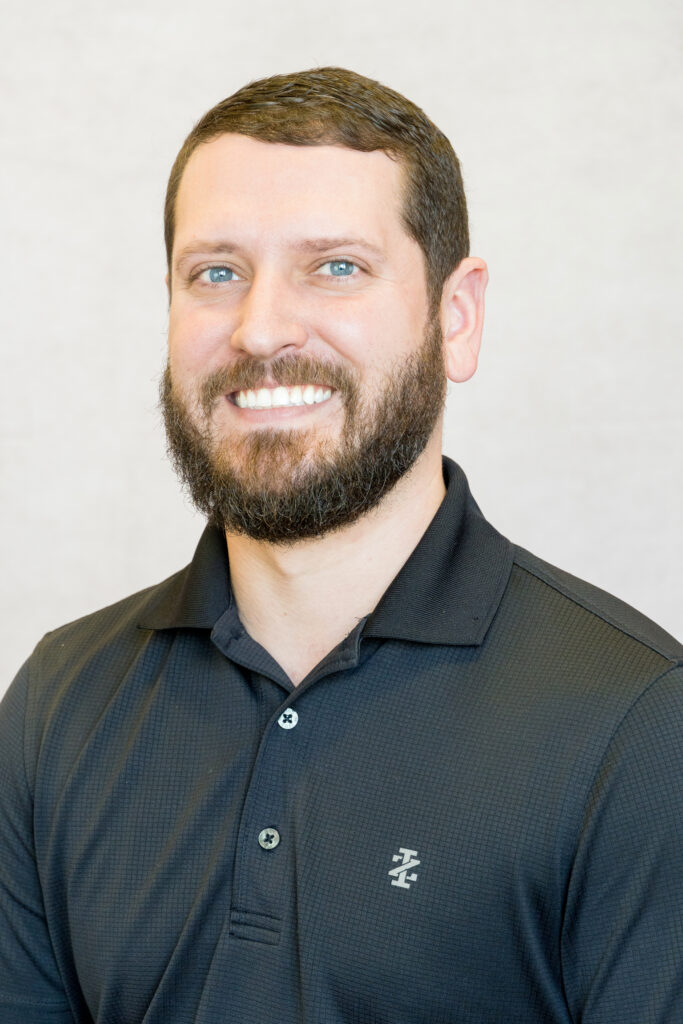Autism – Part 2
WILLIAM F. HUBER, D. C., D. A. C. A. N., M. S. (R)
WHuber@stlcc.edu
4 hours of Diagnosis $60.00 $49.00
Autism Overview
What is Autism? Is there any place for Chiropractic in the treatment, improvement or alteration of patients with this diagnosis? Over the last few decades, the incidence of a diagnosis of Autism, or Autism Spectrum Disorders have increased dramatically – in fact, the dramatic increase between 1960 and 2000 was expected to plateau, but just the opposite is occurring – the incidence rate continues to accelerate! How are these diagnoses made, and if present, what contributes to these? Is there any place for Chiropractic in the management of these patients? – the answer is Yes!
In this series, learn what Autism is, how it is diagnosed, and how these patients can be impacted by Chiropractic treatment, as well as the mechanisms of how/when/why this type of treatment can be so critical for patients. From a Chiropractic standpoint, learn the research and details of how genetics, gender, environment, diet, etc., are related to this condition, and what can be done therapeutically to assist in treatment with these patients. Also, learn the signs and symptoms for the diagnosis of Autism, the related neuroanatomy of the disorder, and what may be done to maximize function of patients and why Chiropractic can be an indispensable tool. Gain the knowledge to be confident in the application of Chiropractic techniques so that the greatest number of patients can benefit from the special role of Chiropractic in the health care system.
Autism Part 2 Hourly Overview
Hour 5 – This hour details the changes seen in the cerebellum and target neurologic structures. These include the Chiropractic mechanisms that may be beneficial to neurotransmitter function (serotonin, glutamate, etc.), as well as noted changes in function and structure of brain structures associated with Autism, which research indicates in most commonly seen in the human cerebellum.
Hour 6 – This hour details the function of normal and abnormal cerebellar centers as they relate to Autism. Additionally, described is the “Extreme Mail Brain Theory” and the noted caused that describe why Autism is seen to have a higher incidence in males. These include the effects of testosterone on brain structure and function that begins in utero, and also the adult analogs. Discussion also revolves around other disorders such as ADHD, etc.
Hour 7 – In this hour, the concept of “Default Mode Network Connectivity” is visited. In effect, there are noted connectivity changes found in Autism disorders that are associated with the cerebellar connections to higher brain centers such as the prefrontal cortex, global cerebral cortex, thalamus, and others. Details of research on brain regions in males versus females versus Autism patients in both structure and function are described.
Hour 8 – This section details fetal testosterone and it’s effects on the developing brain. Also included are physical signs and symptoms that are associated with not only Autism diagnosis, but also theories of in utero environment, as well as immune challenges to the mother and infant that can lead to the development of an Autism Spectrum Disorder.
Approved For Continuing Education Credit in Illinois, Kansas, and Missouri.
PACE courses are accepted for Continuing Education Credit by The State Boards of Alaska, Connecticut, District of Columbia, Idaho, Indiana, Iowa, Kansas, Maine, Maryland, Massachusetts, Minnesota, Missouri, Montana, Nebraska, New Hampshire, New Jersey, North Carolina, North Dakota, Ohio, Oregon, Rhode Island, South Carolina, South Dakota, Utah, Vermont, Virginia, Washington, and Wyoming. The State Board of Colorado does not pre-approve courses, but this class meets the criteria set forth by their respective boards.




